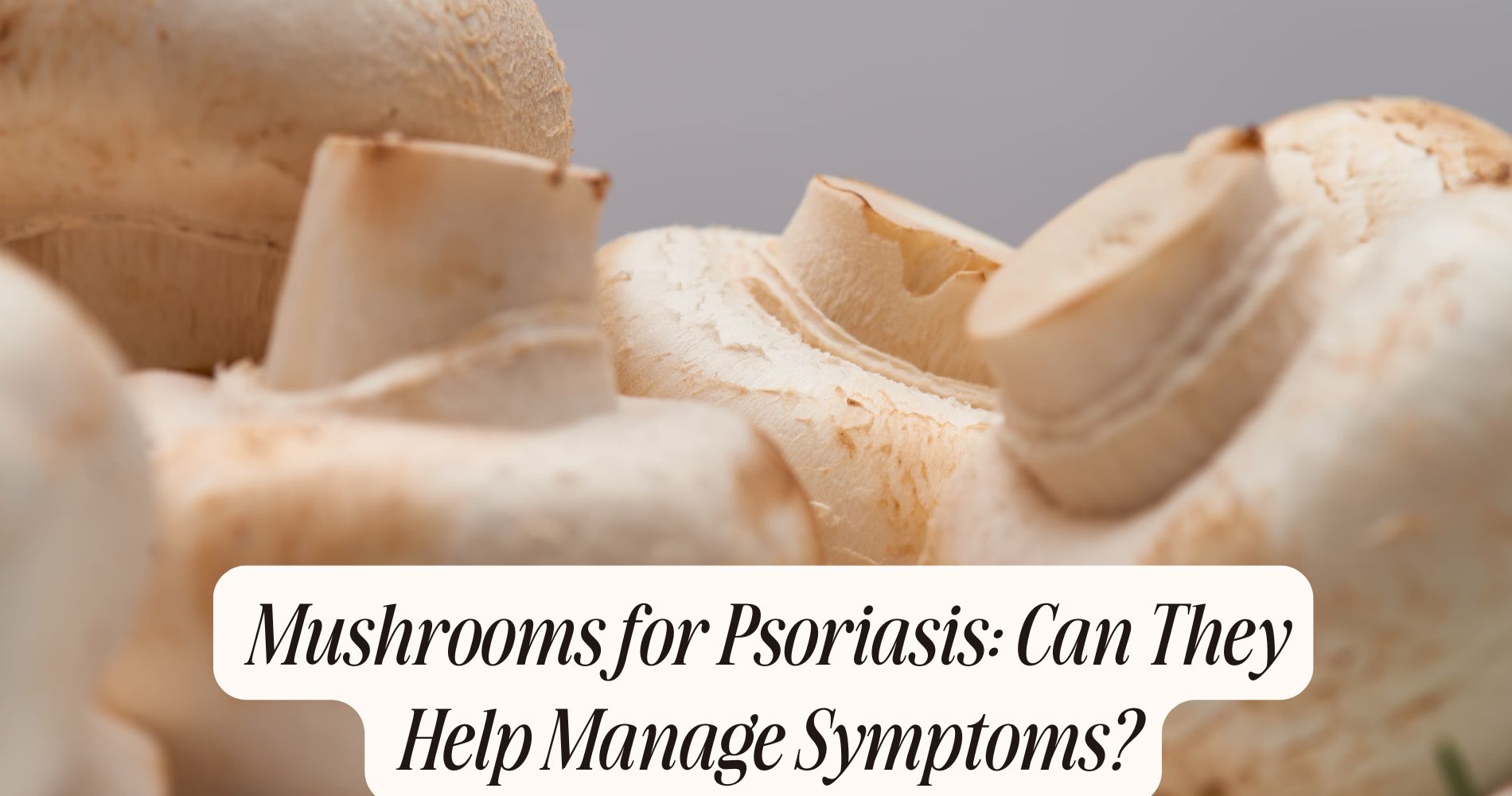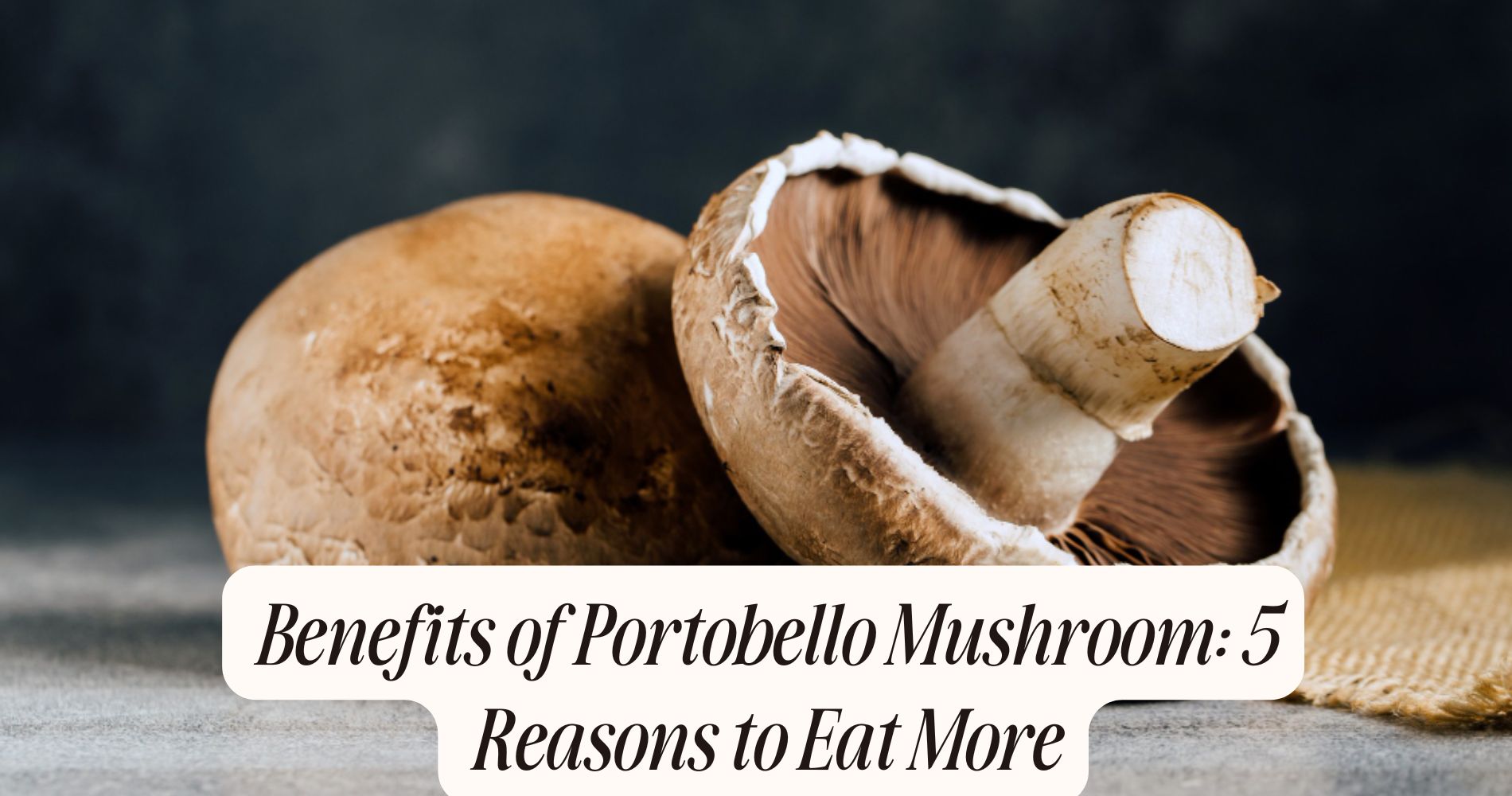
Can You Eat Old Mushrooms? Safety Tips You Need
Can you eat old mushrooms? You can’t eat old mushrooms without evaluating their freshness. Look for signs like sliminess, discoloration, or bad smells, which indicate spoilage. Fresh mushrooms should feel firm and have a pleasant, earthy scent. Be cautious, as consuming spoiled mushrooms may lead to foodborne illnesses. If they seem slightly dried but not spoiled, you can still cook them. To learn more about safe storage practices and how to extend their freshness, continue exploring these tips.
Understanding Mushroom Shelf Life
While you might enjoy the occasional mushroom dish, it’s essential to understand their shelf life to guarantee food safety. Different mushroom varieties exhibit varying shelf lives, impacting how long you can safely consume them.
Generally, fresh mushrooms like button, cremini, and shiitake last about a week in the refrigerator. Dried mushrooms, on the other hand, can last for years if stored properly in a cool, dark place. Knowing these timelines helps you avoid potential health risks.
To maximize freshness, store mushrooms in a paper bag rather than plastic, which traps moisture. Always label containers with purchase dates, so you can easily track their shelf life.

Signs of Spoilage in Mushrooms
When evaluating mushrooms for spoilage, pay close attention to color changes, as they can indicate degradation.
A slimy texture or an off-putting smell also suggests that the mushrooms are no longer safe to eat.
Recognizing these signs early can help prevent foodborne illness.
Color Changes in Mushrooms
As mushrooms age, their color can change considerably, serving as an essential indicator of spoilage. You should be aware of color variations that signal potential problems.
Fresh mushrooms typically exhibit vibrant hues, but as they oxidize, you may notice dullness or dark spots. These changes often indicate that the mushrooms are past their prime.
For instance, white button mushrooms may turn yellowish or brown, while cremini mushrooms can develop a grayish tint. Such alterations arise from mushroom oxidation, which affects their freshness and safety.
If you see these color changes, it’s best to err on the side of caution and discard the mushrooms. Always prioritize your health by being vigilant about these visual cues.
Texture and Smell Indicators
To determine the freshness of mushrooms, paying attention to their texture and smell is essential. Fresh mushrooms should feel firm and smooth to the touch. If you notice any softness or sliminess, it’s a clear sign of spoilage.
Additionally, a musty or off-putting odor indicates that spoilage triggers are at play. Fresh mushrooms have a mild, earthy scent. If the smell becomes strong or unpleasant, it's best to discard them.
Remember, the combination of texture and smell provides reliable indicators of mushroom freshness. Always trust your senses; if something feels or smells wrong, it’s safer to err on the side of caution to avoid foodborne illness.
Regularly assess your mushrooms to guarantee they remain safe for consumption.

Proper Storage Techniques for Fresh Mushrooms
Fresh mushrooms thrive best when stored properly, ensuring they maintain their flavor and texture. To achieve this, use effective refrigeration methods.
Place your mushrooms in a paper bag instead of plastic, as this promotes moisture control by allowing air circulation while preventing excess humidity. Store them in the vegetable drawer of your refrigerator, where the temperature remains consistent.
Avoid washing mushrooms before storage, as added moisture can lead to spoilage; instead, clean them just before use. If you have leftover sliced mushrooms, wrap them in a damp paper towel and store them in an airtight container for ideal freshness.
How to Tell If Mushrooms Are Still Edible
To determine if mushrooms are still edible, start by evaluating their visual appearance.
Look for any discoloration, slime, or shriveling that indicates spoilage.
Next, assess their smell and texture; fresh mushrooms should have a firm feel and a pleasant, earthy aroma.
Visual Appearance Assessment
While old mushrooms may still be safe to eat, examining their visual appearance is essential to determine their edibility. Start by checking for any mushroom discoloration; a change in color can indicate spoilage. Fresh mushrooms should maintain their vibrant hues, so if you notice browning or dullness, it’s a warning sign.
Next, look for any signs of fungal growth, such as fuzzy patches or a slimy texture. These indicate that the mushrooms are no longer safe to consume.
Also, inspect the caps and stems for wrinkles or shriveling, which can suggest they’ve been stored too long. Always trust your judgment—if something seems off visually, it’s better to err on the side of caution and discard them.
Smell and Texture Evaluation
How can you determine if old mushrooms are still edible through smell and texture?
Start with a thorough smell assessment. Fresh mushrooms have a mild, earthy scent. If they emit a sour or rancid odor, it’s best to discard them.
Next, conduct a texture evaluation. Healthy mushrooms should feel firm and slightly moist. If they’re slimy, mushy, or excessively dry, they’ve likely gone bad.
Pay attention to any changes in color or spots during this process, as these can also indicate spoilage. Trust your instincts; if something seems off, it’s wiser to err on the side of caution.
The Risks of Eating Expired Mushrooms
Eating expired mushrooms poses several significant risks that can affect your health. Consuming these mushrooms increases the likelihood of encountering mushroom toxicity, which can lead to severe digestive issues, nausea, or even organ damage.
As mushrooms age, they may also develop harmful bacteria, raising the health risks associated with foodborne illnesses. Symptoms like vomiting, diarrhea, and abdominal pain can arise from eating spoiled mushrooms.
Additionally, some mushrooms may contain mycotoxins, which are toxic compounds produced by mold. These toxins can cause long-term health problems if ingested.
To protect yourself, always check the freshness of mushrooms before consumption and discard any that show signs of aging or decay. Prioritizing safety will help you avoid these potential health hazards.

Cooking With Older Mushrooms: What to Consider
When considering cooking with older mushrooms, it's important to assess their condition carefully. Check for any signs of sliminess, off-putting odors, or discoloration.
If they seem slightly dried out but still firm, they can be salvaged. Use cooking techniques like sautéing or roasting to enhance their flavor. Pair them with robust ingredients like garlic, onions, or hearty greens to mask any minor imperfections in their taste.
Cream sauces and stocks also complement older mushrooms well, providing moisture and richness. Remember, the key is to balance their texture and flavor with other ingredients in your dish.
Different Types of Mushrooms and Their Longevity
Understanding the longevity of different mushroom varieties is essential for ensuring both safety and quality in your cooking. Common edible varieties like button, cremini, and portobello generally last about a week in the fridge.
Shiitake mushrooms can last slightly longer, up to ten days, while dried mushrooms can be preserved for months if stored properly.
For ideal mushroom preservation, keep them in breathable containers, avoiding plastic bags that trap moisture and promote spoilage.
Always check for signs of deterioration, such as sliminess or an off smell. Knowing the specific longevity of each type helps you make informed decisions about usage and storage, ensuring you enjoy the best flavors and safety in your dishes.
Safe Ways to Dispose of Spoiled Mushrooms
To guarantee food safety and minimize waste, it’s essential to know how to properly dispose of spoiled mushrooms.
Start by checking if your mushrooms are still suitable for composting; if they’re merely wilted or slightly discolored, they can often be added to your compost bin.
However, if they're slimy or moldy, discard them using proper disposal methods. Seal the spoiled mushrooms in a plastic bag and place them in your trash to prevent contamination.
Avoid flushing them down the toilet, as this can lead to plumbing issues.
For an eco-friendly option, consider specific mushroom composting techniques, which can turn waste into nutrient-rich soil, benefiting your garden while ensuring safety at the same time.
Tips for Extending the Freshness of Your Mushrooms
Although mushrooms are perishable, you can take several practical steps to extend their freshness and enjoy them longer.
First, store your mushrooms in a paper bag rather than plastic. This allows for proper ventilation and prevents moisture buildup.
Second, keep them in the fridge, ideally at a temperature between 34°F and 38°F, which are the ideal storage conditions.
Avoid washing them until you're ready to use them, as excess moisture can lead to spoilage.
Additionally, consider using mushroom preservation techniques like sautéing or dehydrating if you have a surplus.
Fuel Your Day with SUPER MUSHROOM GUMMIES
Looking for a convenient and delicious way to enjoy the benefits of mushrooms? Well Gummies' SUPER MUSHROOM GUMMIES are packed with 10 types of functional mushrooms, including those that support brain function, immune health, and overall wellness. These vegan gummies provide natural energy, sharper focus, and a balanced body without the jitters or crash. With a tasty wild berry flavor, they’re as delicious as your favorite candy. Energize your body and mind all day long with SUPER MUSHROOM GUMMIES!
Frequently Asked Questions
Can I Freeze Mushrooms for Long-Term Storage?
Yes, you can freeze mushrooms for long-term storage. Use proper freezing techniques like blanching them first to preserve flavor and texture. Make certain they're in airtight containers to prevent freezer burn and maintain quality over time.
Are Dried Mushrooms Safe to Eat After Expiration?
Dried mushrooms can remain safe to eat after their expiration date if stored properly. Check for signs of spoilage, like off smells or discoloration, to guarantee expiration date safety before consuming. Always prioritize proper dried mushroom storage.
How Long Do Cooked Mushrooms Last in the Fridge?
Cooked mushrooms last about 3 to 5 days in the fridge when stored properly. To maximize cooked mushroom shelf life, keep them in an airtight container, reducing exposure to air and moisture that can cause spoilage.
What Happens if I Accidentally Eat Spoiled Mushrooms?
If you accidentally eat spoiled mushrooms, you might experience gastrointestinal distress. Recognizing mushroom spoilage signs like discoloration or bad odor is essential, as consuming spoiled fungi can lead to significant health risks, including food poisoning.
Can I Use Vinegar to Preserve Fresh Mushrooms?
You can use vinegar preservation to extend mushroom freshness. Soak mushrooms in a vinegar solution, which helps inhibit spoilage. Make sure you rinse them afterward to remove excess acidity, enhancing their flavor while maintaining quality.
Conclusion
To summarize, while it may be tempting to use older mushrooms, always prioritize your safety. By understanding their shelf life, recognizing spoilage signs, and applying proper storage techniques, you can make informed decisions. If you notice any unusual odors, textures, or colors, it’s best to err on the side of caution and discard them. Remember, enjoying mushrooms at their freshest not only enhances your dishes but also protects your health. Keep these tips in mind for safe consumption.




